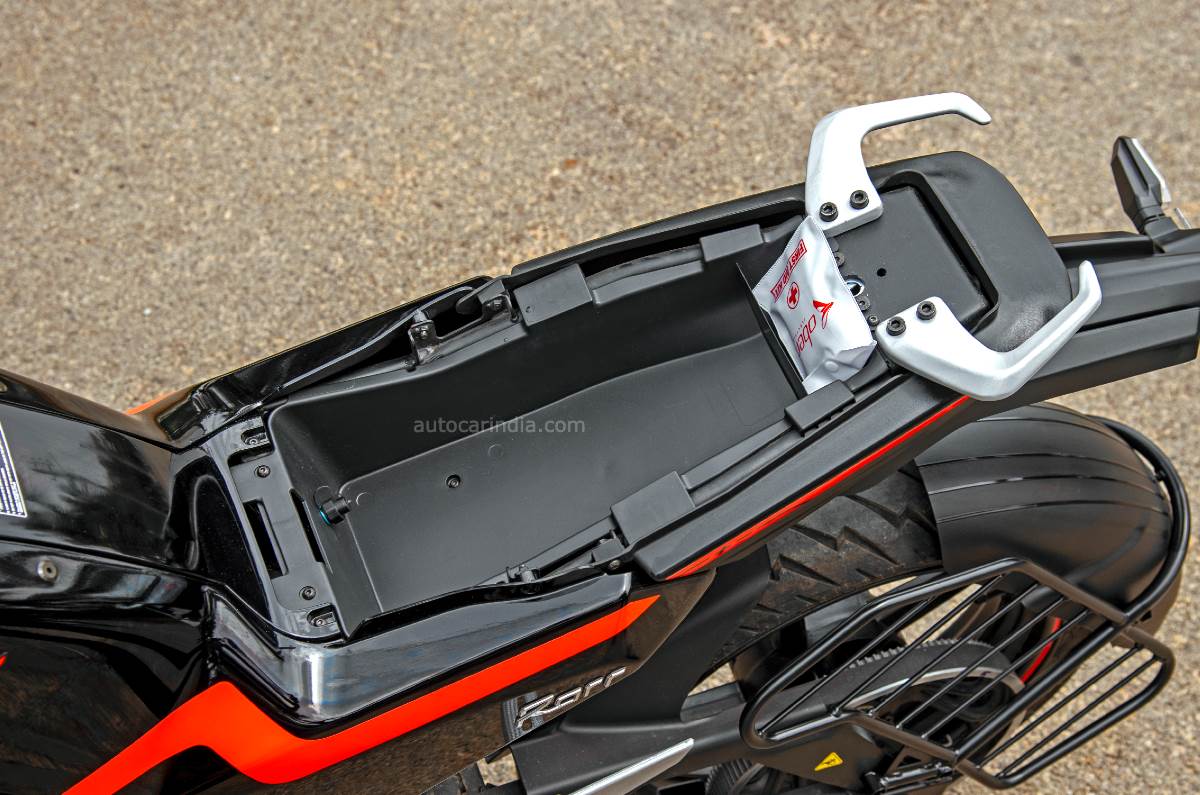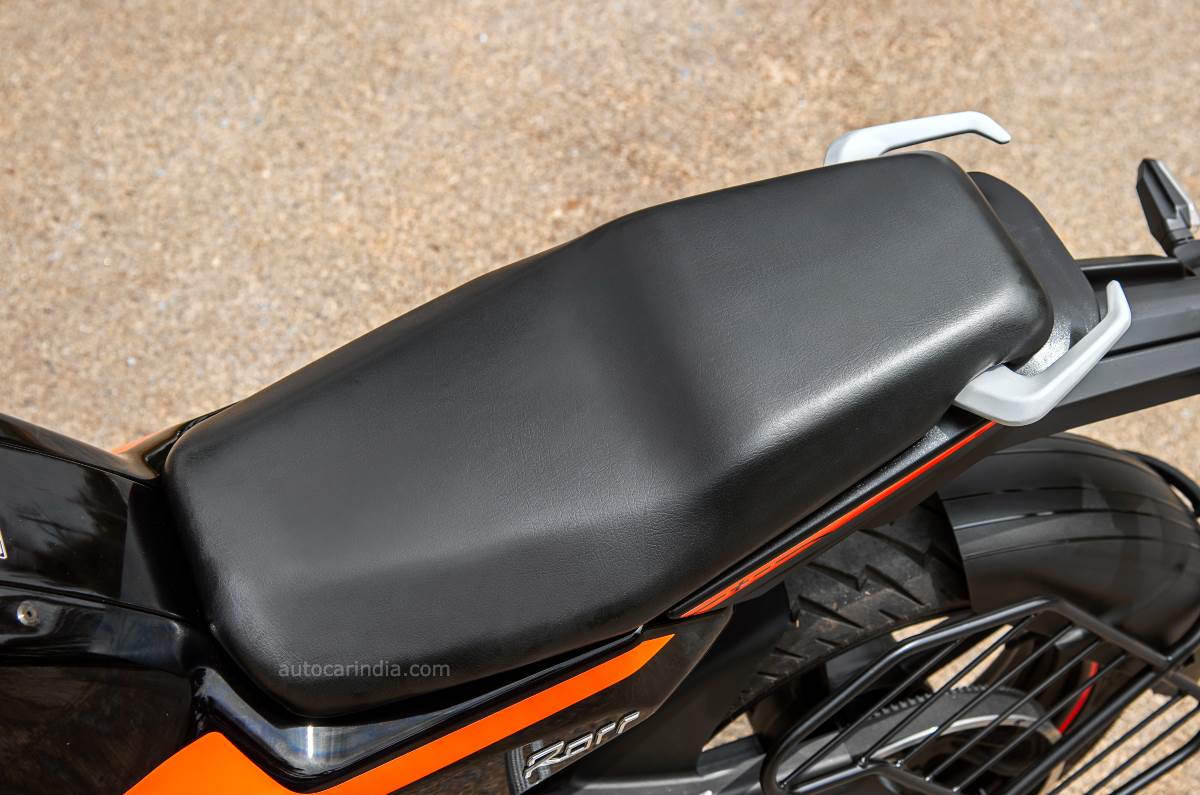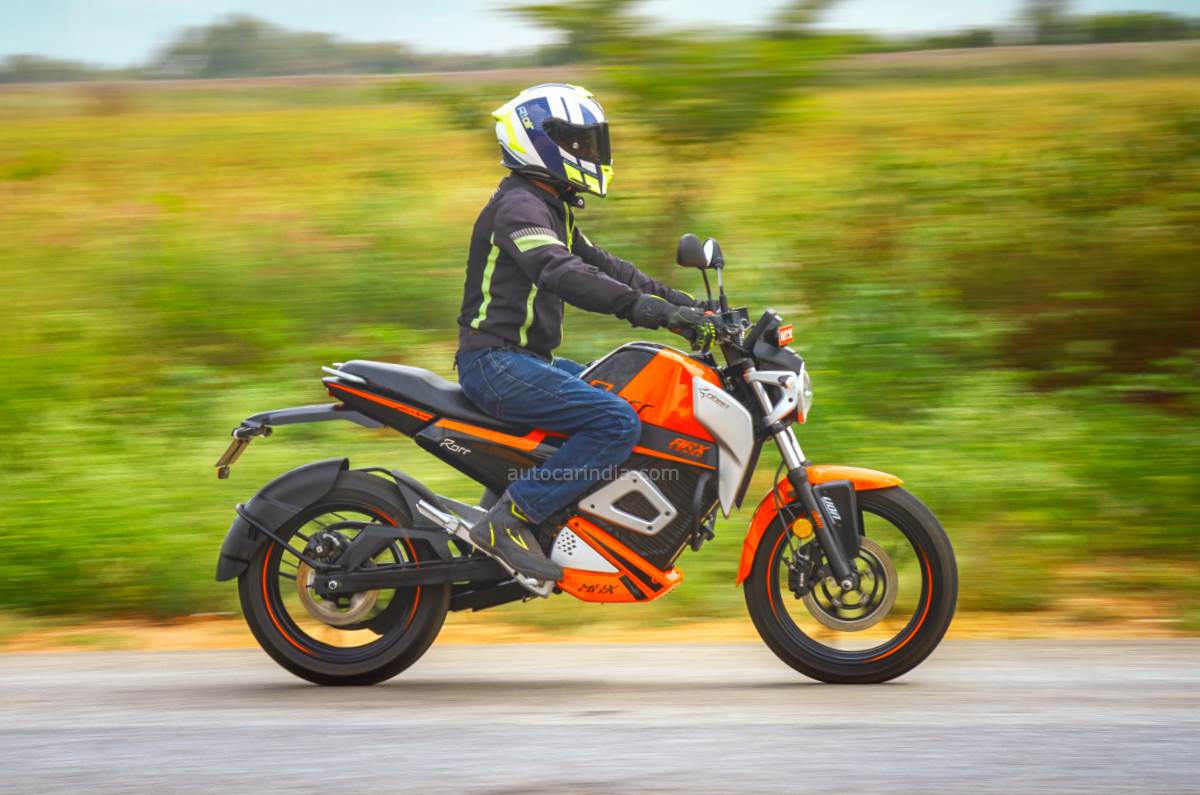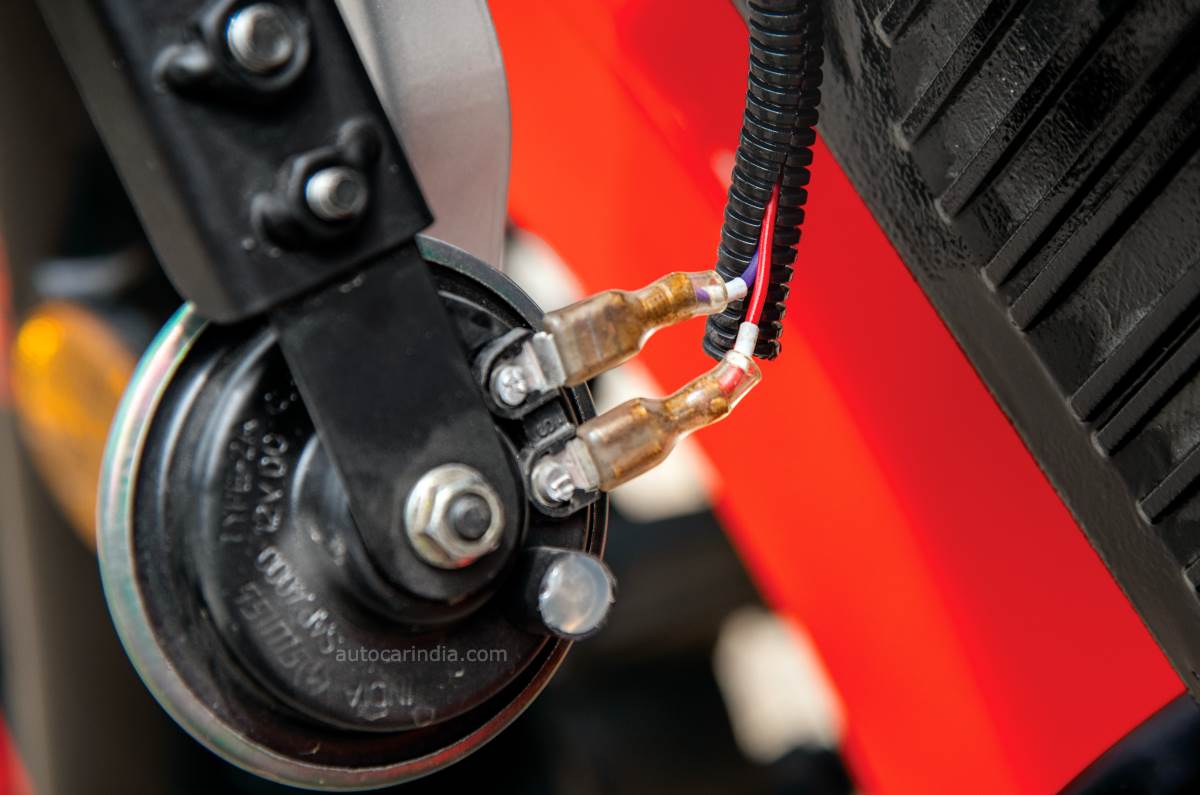The Rorr has changed a little, and the EV landscape around it has changed quite a lot. Here’s where it now stands.
We already rode the Oben Rorr electric motorcycle in June 2022, and back then, it was supposed to hit our roads in a few weeks’ time. Nearly a year and a half down the road, though, only 50 bikes have reached customers, and they were delivered in July this year. The story here is that soon after we rode the Rorr last year, new AIS 156 safety standards for batteries on EVs came into play, which forced Oben to rework its electric motorcycle. It has taken a very long time, though. While most other manufacturers were able to achieve AIS certification quite seamlessly, Oben has taken the better part of a year to achieve this, and it says this is down to the fact that it is one of very few companies using LFP cell chemistry for its battery pack. We got a short spin on the updated motorcycle, which features a few changes beyond the battery pack as well.
Oben Rorr battery and range
But since the battery is at the heart of the matter, let’s start there. Capacity remains the same, at 4.4kWh (around 4kWh of this is usable), but range figures have come down, and it’s also around 7-8kg heavier than before. IDC range has fallen from 200km to 187km, but the real-world claims have dropped even more sharply. Eco mode, which was earlier said to be good for 150km, will now give you a claimed 120km, while range in the fastest Havoc mode has dropped from 100km to 70km. Over the course of our test ride, we covered 58km, riding mostly in Havoc mode, and by the end of it, the bike was at the bottom end of its charge, and switched from Havoc to Eco mode for the last few kilometres.
Oben Rorr features and charging
We say “bottom end of its charge” rather than an exact percentage figure because the fairly basic LCD display on the Rorr doesn’t give you charge percentage, instead only offering a segmented bar to show you state of charge. What it does show you is speed, range, an odometer, and what mode you’re riding in. Speaking of which, the absence of a reverse mode is a real miss here, especially since we see a lot of more affordable and lighter electric two-wheelers offering this. A trip meter would also have been nice here, and the display had a slight flickering issue. What you do get in terms of features is location tracking, geofencing and ride telemetry through a mobile app, all of which is enabled by a physical SIM card on the bike. Oben says it will be offering 1 year of free data on this SIM card after which it will be paid for, but the charges are not yet revealed.
Another thing that will be paid for is the 2.2kW fast charger that you can have installed at your residence for a cost of around Rs 25,000. The Rorr previously featured this as an on-board fast charger which was capable of taking the battery from 0-80 percent in 2 hours, but that has now been done away with. What comes included with the scooter is a 750-watt portable charger, which will require upwards of 5 hours for a full charge, but can be stored under the seat – quite nifty.

Since the on-board charger has been done away with, you now also get a small storage compartment in the fuel tank region, which is also handy. This is also where you have the charging port for the bike, and the seat release cable-pull. While the underseat storage is undoubtedly quite useful, it’s not quite as convenient as it could have been. The seat isn’t hinged, it comes off completely. And then you have to stow the charger very particularly to be able to put the seat back on again. A hinged seat, like you get on a scooter, would have been nice here.
Oben Rorr motor and performance
While the motor itself is still the same, Oben has now tuned it to deliver less power, in the interest of preserving range. It now gives you 8kW and 52Nm against the earlier 10kW and 62Nm. And though Oben is quoting the same 0-40kph acceleration time of 3 seconds as earlier, the Rorr doesn’t feel quite as zippy as I seem to remember it being last time around. That said, in Havoc mode, it’s still a pretty brisk little thing, and acceleration in the mid-range, from 30kph to about 70kph is strong, which should make it feel quick in most real world situations. Past 70kph, though, performance trails off, and it will take a while to get to a speedo-indicated 100kph. The lower City mode is perfectly usable in the urban jungle, with gentler acceleration and 70kph top speed, but Eco mode is best used only when you need to eke out every last kilometre from the battery.
Oben Rorr comfort and handling

The rest of the changes are much smaller. There’s a new shroud above the headlight, graphics have been added to the bodywork, and the pillion seat is now lower and wider than before. Riding position is an area where the Rorr can improve. Seat height is 810mm, which is on the higher side, for what is supposed to be an everyday city commuter. But it packs in an ADV-rivalling 200mm of ground clearance. And more than just the seat height, the bike is rather wide at the waist region, where the “fuel tank” meets the seat. This splays your legs out wide and makes it harder to get your feet down. Oben would do well to slim the bike down in this area, and bring the seat height down even if it means knocking down the ground clearance a little.

Overall, weight has gone up by a sizeable 17kg to 147kg since we last rode this bike. And this weight, combined with the tall seat height and rather limited steering lock, make the Rorr a bit cumbersome at low speeds. Once you’re on the move, though, things get better. It masks its weight better once speeds rise, and feels like a predictable, neutral handler. Suspension setup has an underlying firmness, but it’s never to the point of being harsh or uncomfortable. In fact, ride quality is a good balance between comfort and control.
Oben has also worked on improving quality and finish levels, which were a significant issue on the earlier model we rode. And while it has made noticeable improvements in this regard, it still has some way to go. The company says this is an aspirational product with “high perceived quality”, and that’s not something that plays out when you get up close to the Rorr in the flesh. Things like the exposed wires running to the horn, and the rough surface finish on some metal parts take away from a feeling of quality.
Oben Rorr price and verdict
When we rode the Rorr last year, it was a simple, no-frills, high-range electric motorcycle that managed to undercut most other major electric two-wheelers on price. A year and a half down the line, the end result being delivered by this product is largely similar, with solid fundamentals, but also a few misses.
The price, however, has gone up a great deal, and the competition has become a lot stiffer. In July last year, with state subsidies still going strong, the Rorr was priced at Rs 1 lakh (ex-showroom) in our home state of Maharashtra. Now, with state subsidies out of the picture, and the FAME-2 subsidy having been cut, it now costs Rs 1.5 lakh (ex-showroom), which places it right among the best offerings in the EV two-wheeler space. And in this space, it feels a little out of its depth.
Even when compared to a similarly priced petrol motorcycle, which is what Oben is aiming the Rorr at, it comes up short in terms of performance and range, though it does offer significantly lower running costs, and some added convenience in terms of giving you storage space and not having a gearbox. Is that good enough to tempt you away from a petrol powered motorcycle and towards a yet unproven brand? The sales charts will tell us the answer in the coming months.

























